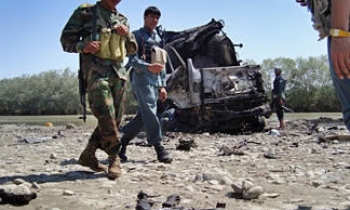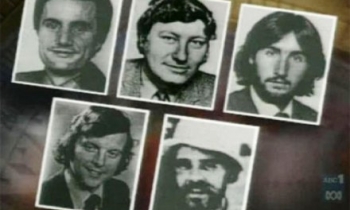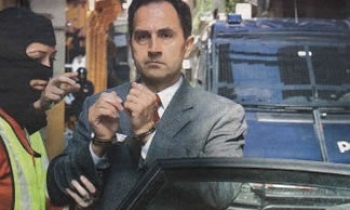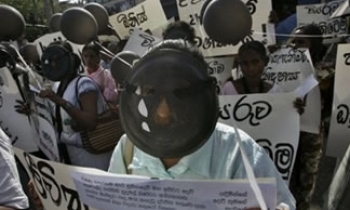London: Britain's first Readers' Editor, Ian Mayes, is set to hand over charge as the independent internal ombudsman of The Guardian, a post he has held for nearly a decade. Taking over from him in March will be Siobhain Butterworth, now the newspaper's legal director.
Speaking about the significance of an ombudsman, the challenges associated with the office and the changing face of news, Mr. Mayes observes that the core values of journalism are not in any danger of being lost.
"At the core of the business of providing news is news gathering and verifying facts — that is the central core and that doesn't change. I am optimistic about the future of journalism. I am impressed with the quality of the younger journalists and the work that they are putting together," he said in an interview with The Hindu, the first newspaper in South Asia to have an ombudsman, since last year.
"I'm often asked about the changing face of news and whether the development of new technology and mediums of communication will adversely hit newspapers. The answer is no. The development and introduction of technology does not worry me at all."
Mr. Mayes is president of the Organisation of News Ombudsmen (ONO), a group of some 100 newspaper ombudsmen from around the world, including The Hindu's Readers' Editor, K. Narayanan.
Word of caution
Even as he travels extensively to popularise the concept, Mr. Mayes cautions newspapers against going for an ombudsman just for the sake of having one. "There is a substantial growth in the number of people being appointed as Readers' Editor. Newspapers in Latin America, Eastern Europe and parts of the former Soviet Union are welcoming the idea. But I want to warn newspapers against adopting the system for cosmetic purposes. If not done for the right reasons, bringing in a Readers' Editor can damage the reputation of the newspaper, as readers today can see through the move. But papers that have adopted the system to bring in a positive change are happy with it."
Mr. Mayes believes he has managed to walk the tightrope of being Readers' Editor fairly well, and encourages this correspondent to crosscheck with his colleagues on this fact.
Mr. Mayes, however, warns Readers' Editors against getting involved in pre-publication decisions. "That is not part of the Readers' Editor's job, as it can lead to confusion about his role as an internal censor — which he is certainly not. He can, however, contribute to bringing in positive reporting; ensuring that the end result appears more humane and has the principles of good reporting to back it. In our newspaper we have re-worked the manner in which we report about suicides. Detail about the method of the suicide is not included to prevent copycat suicides and it has been appreciated by our readers. Readers' Editors are not media reporters. My job is to look at readers' complaints and speak about what is right-wrong, good-bad in a report."
Mr. Mayes admits that for a Readers' Editor, the secret of working well is collective participation with journalists. "I try to be open and accessible. Reporters are consulted before readers' queries are answered and the name of the reporter is included in the reply only if it is essential. We also try and minimise the blame game, as correction then takes a long time coming," says Mr. Mayes, sitting in his first-floor, "glass box" office in the middle of the newsroom.
The Guardian recently faced many complaints about its use on the front page of a picture of Saddam Hussein soon after his execution. Says Mr. Mayes: "We got 200 complaints about the use of the picture. I believe that whenever we use a picture like that the Editor has to take into account the reactions that it will bring along and be clear about his reasons for using the picture. Adding an editorial note explaining the use of the picture helps readers understand the picture's significance."
Other issues
But it is not just controversial pictures that have brought in sharp responses from the readers, notes Mr. Mayes. "We got 300 complaints when we took two crosswords appearing on two different pages of the newspaper and put them on one page. We had to revert to the original format taking into account what our readers wanted. Readers today are sensitive even to small changes."
Pointing out the most common mistakes that journalists should watch out for, Mr. Mayes says: "Inaccuracy while reporting facts, misquoting and spelling names incorrectly are the most frequently made mistakes. I believe that these are occupational hazards when you are working to meet deadlines. While some of them may seem trivial, it speaks about the general attitude of the journalist and in turn the newspaper. Special effort should be made to get the facts right."
Mr. Mayes is now to begin work on a project of putting together the history of The Guardian since the 1980s.
His book, Journalism Right and Wrong, a collection of his columns in The Guardian, is due next month.
His other works include Only Correct: The Best of Corrections and Clarifications (Guardian Books, 2005) and More Corrections and Clarifications (Atlantic Books, 2002).









